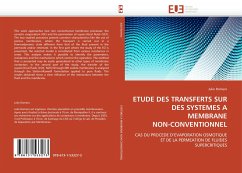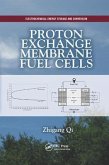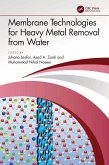This work approaches two non conventional membrane processes: the osmotic evaporation (OE) and the permeation of supercritical fluids (SCF). The two studied processes present common characteristics like the use of porous membranes, where the transport is carried out in a thermodynamic state different from that of the fluid present in the permeate and/or retentate. In the first part where the study of the EO is presented, the selected model is constituted from various resistances in series. This analysis makes it possible to identify the parameters, resistances and the mechanisms which control the operation. The method that is presented may be easily generalized to other types of membrane contactors. In the second part of the study, the transfer of the supercritical fluids (CO2, N2O) through MFI zeolite membranes is analyzed through the Stefan-Maxwell formulation applied to pure fluids. The results obtained show a clear influence of the interactions between the fluid and the membrane.
Bitte wählen Sie Ihr Anliegen aus.
Rechnungen
Retourenschein anfordern
Bestellstatus
Storno








